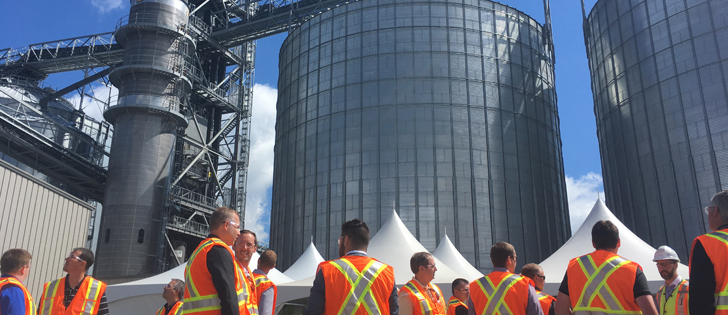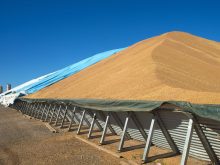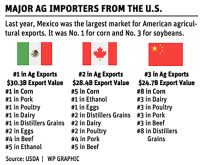One of Canada’s fastest growing grain companies has added another piece to its national network of elevators and export terminals.
G3 Canada officially opened a new export terminal at the Port of Hamilton in southern Ontario this week.
The 50,000 tonne facility will consist of steel storage bins and primarily handle grain and oilseed crops that are produced in Ontario, with the majority of inbound grain to be delivered by truck.
The terminal will also have the capacity to serve as a transfer terminal for grain that arrives by train or on laker vessels, said G3 spokesperson Brett Malkoske.
Read Also

Farming Smarter receives financial boost from Alberta government for potato research
Farming Smarter near Lethbridge got a boost to its research equipment, thanks to the Alberta government’s increase in funding for research associations.
G3 also owns export terminals at Quebec City, Trois Rivieres, Que., and Thunder Bay and is in the process of constructing a new terminal in North Vancouver.
“Customers of G3 Hamilton should immediately notice our commitment to efficiency and customer service,” said Karl Gerrand, G3 Canada’s chief executive officer.
“Trucks will experience faster unload times, allowing them to get back on the road as quickly as possible.”
Construction of the Hamilton facility began in the fall of 2015 and was completed this April.
The facility took its first grain deliveries in March and loaded its first outbound vessel June 2.
Malkoske said the new facility has the ability to load lake-sized vessels or ocean haulers.
Inbound grain originating from southern Ontario will either be loaded for direct shipping to export destinations or transported further east to G3’s other St. Lawrence facilities for transloading.
The Hamilton terminal was built with an emphasis on throughput efficiency, as well as flexibility, he added.
“While we expect the majority of volume to be moved in by truck and shipped out by vessel, it’s going to be the most flexible facility in our footprint,” Malkoske said.
“It can not only receive by truck but also by rail and by vessel and it can … ship product out again by truck, rail or vessel so we have total flexibility on both inbound and outbound logistics which allows us to respond to market conditions as they present themselves.”
Malkoske declined to comment on the facility’s estimated annual throughput but said it will play a key role in G3’s eastbound grain business and will fit well as a complementary asset to G3’s other grain-handling assets on the St. Lawrence River.
“Our expectation … is that it will take a few years to ramp up to full run rate or full expectation.”
“We’re taking market share from others so that’s always a (challenge) … but we expect to be a very dominant player in the southern Ontario grain market going forward.”
Malkoske said truck unload systems are fully automated and will accommodate G3’s goal of eliminating truck lineups at the facility.
Contact brian.cross@producer.com


















